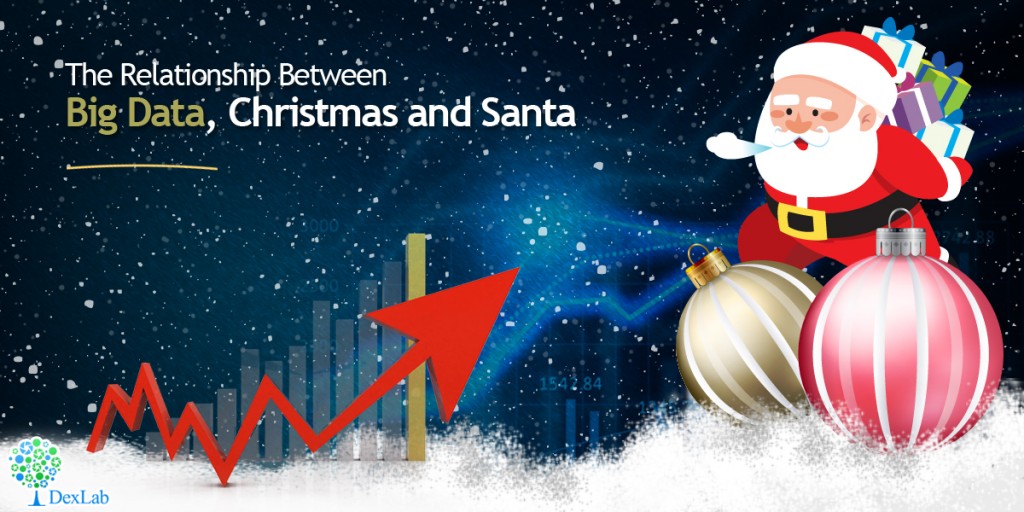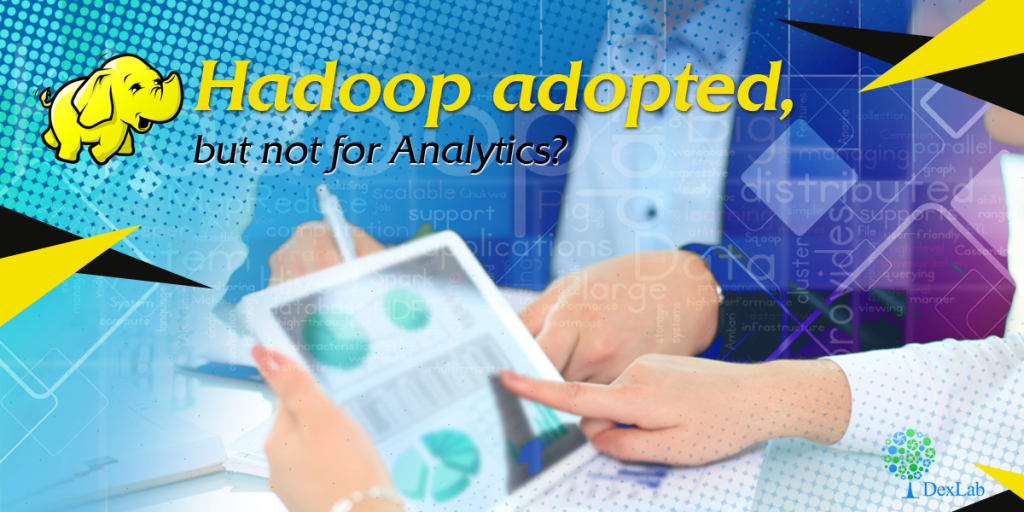As a Big Data enthusiast, I look forward to data analytics playing a crucial role in the holiday season that is upon us. It is no exaggeration if we state that all sorts of people from CEOs to retailers to consumers will wile away the time crunching numbers this particular December.
The holiday season also is shopping for most consumers as, according to a report, no less than 25% of ecommerce transactions in the UK in last year i.e. 2014 were conducted in November and December. Companies face a transition from sales made from physical locations to those made online from desktops and laptops and mobile devices
- Holiday Customers Lack in Loyalty
Loyalty takes the back seats as more and more buying choices are dictated by the capacity of the wallet. And when you have fifty vendors of repute to choose from while buying an item, the financial motive of savings prevails. Big Data lets businesses know the shopping days when their sales peaks.
All this highlights the need for personalization and how it makes them so much more likely to spend. In fact, according to studies personalization leads to 5 to 8 times increase on the return on investment in marketing and even improves sales by 10%. The report also stated that 56% of consumers made purchase decisions and the final purchase through computers. So, companies need to make the most of the data provided by companies like TIBC Spotfire and ShopperTrak.
- Using Data in December
But the first question that comes to the mind about the use of Big Data during the period that shopaholics are at the peak of their activities, is why does it remain so underutilized. Tableau conducted a study that found that no less than 24% of all retailers based in the UK do not make effective use of data when the shopping season reaches its peak.
- Use of Data by Consumers
Consumers also stand to gain when using it for the purposes of making purchase decisions. To cite a great example, we may consider the case of the WatsonTrend app. It analyzes data from ratings, comments, use of social media, reviews and other sources of data available on the net. The lists of the app are updated on a regular basis. The data and algorithms form the backbone of the app which may serve as real time shopping guides and even future trends may be predicted.
So, this Christmas shower you near and dear ones with gifts as enlightened consumers, Merry Christmas!



